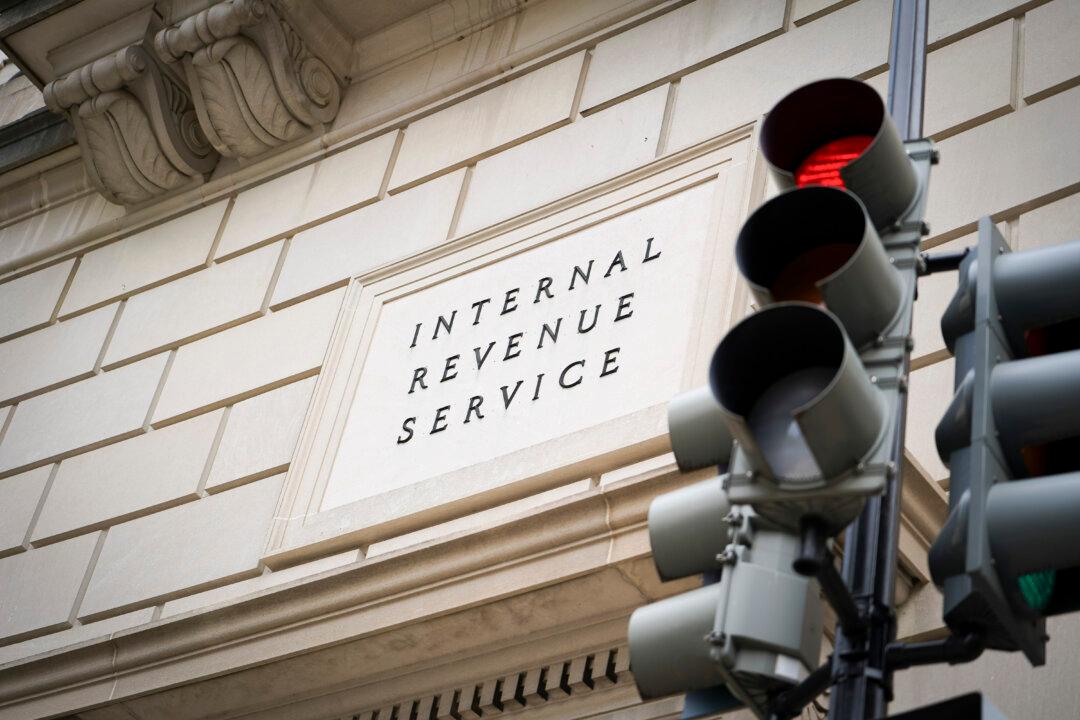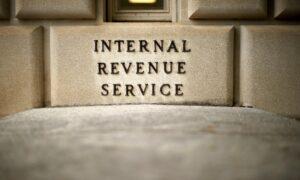The Internal Revenue Service (IRS) has warned about a looming deadline for people to claim a pandemic-era tax break they may have missed, potentially entitling them to unclaimed COVID cash.
Those who missed out can still collect the money—and the way to do so is through what’s known as the recovery rebate credit.
This is a refundable credit that either reduces the amount of taxes owed, is included in a tax refund, or is simply paid out by the IRS to eligible taxpayers if—after claiming the credit—it turns out they overpaid on their taxes.
In order to claim the recovery rebate credit, eligible taxpayers must file a tax return even if they made little or no income from a job, business, or other source.
Who Is Eligible?
While the vast majority of those eligible for COVID-19-related relief have already received or claimed it, some people haven’t.Others may have received less than the full stimulus payment they were entitled to. In their case, claiming a recovery rebate credit would top up to the full stimulus payment amount they’re entitled to.
In order to claim the 2020 and 2021 recovery rebate credits, a taxpayer must meet several criteria.
For the 2020 credit, they must have been a citizen of the United States or a U.S. resident alien in 2020. Also, they must not have been a dependent of another taxpayer for 2020, and they must possess a valid Social Security number issued before the due date of the tax return that is valid for employment in the United States.
For the 2021 recovery rebate credit, eligibility criteria include being a U.S. citizen or U.S. resident alien in 2021, not being a dependent of another taxpayer for 2021, and having a Social Security number issued by the due date of the tax return.
How to Apply?
In order to claim the recovery rebate credit, taxpayers must first file a tax return—even if they didn’t have any income from a job, business, or other source.To claim the 2020 recovery rebate credit, individuals must file a tax return (or amend one already filed) for the 2020 tax year. The deadline to do so is May 17, 2024.
For the 2021 recovery rebate credit, the deadline for filing (or amending) a tax return is April 15, 2025.
In order to figure the amount of the recovery rebate credit on a tax return, it’s necessary to know the amount of any stimulus payments received (if any), including plus-up payments.
People can use their IRS Online Account to see if they received any stimulus payments and, if they did, how much they received.
Some people received partial stimulus payments for the 2020 and 2021 tax years, and this will reduce the amount they’re now eligible to collect as part of the recovery rebate credit.
The IRS also said in its March 4 announcement that it’s possible that people who haven’t filed a tax return for 2020 may be overlooking other potential tax refunds (aside from the recovery rebate credit).
The agency said it plans to provide detailed state-by-state information later in March for taxpayers who may have overlooked filing a tax return, and so getting a potential refund for 2020.
While most people who were eligible have already received those payments, some have not.
Even though the total number of tax refunds is 17.6 percent lower in 2024 compared to last year, the average refund amount is about 4.3 percent higher.
Last year, the average refund was $3,079, while this year it’s $3,213, according to tax season data as of Feb. 23.







